Inviting Butterflies to Your Yard:
The Importance of Host Plants and Creating a Wildlife Haven
Wildlife needs native plants; we've written about this before. We've also written about what a lovely surprise it is when a new wildlife species discovers your population of host plants! Plant Milkweeds and you'll often find Monarchs soon after--plant something more unusual like Appalachian Gooseberry (Ribes rotundifolia), and you may find yourself (as we have) supporting a population of Grey Comma butterflies (Polygonia progne). Many species of native butterflies and moths need specific types of native plants in order to raise their young, and if you don't have those plants growing locally, you simply won't see those types of butterfly.
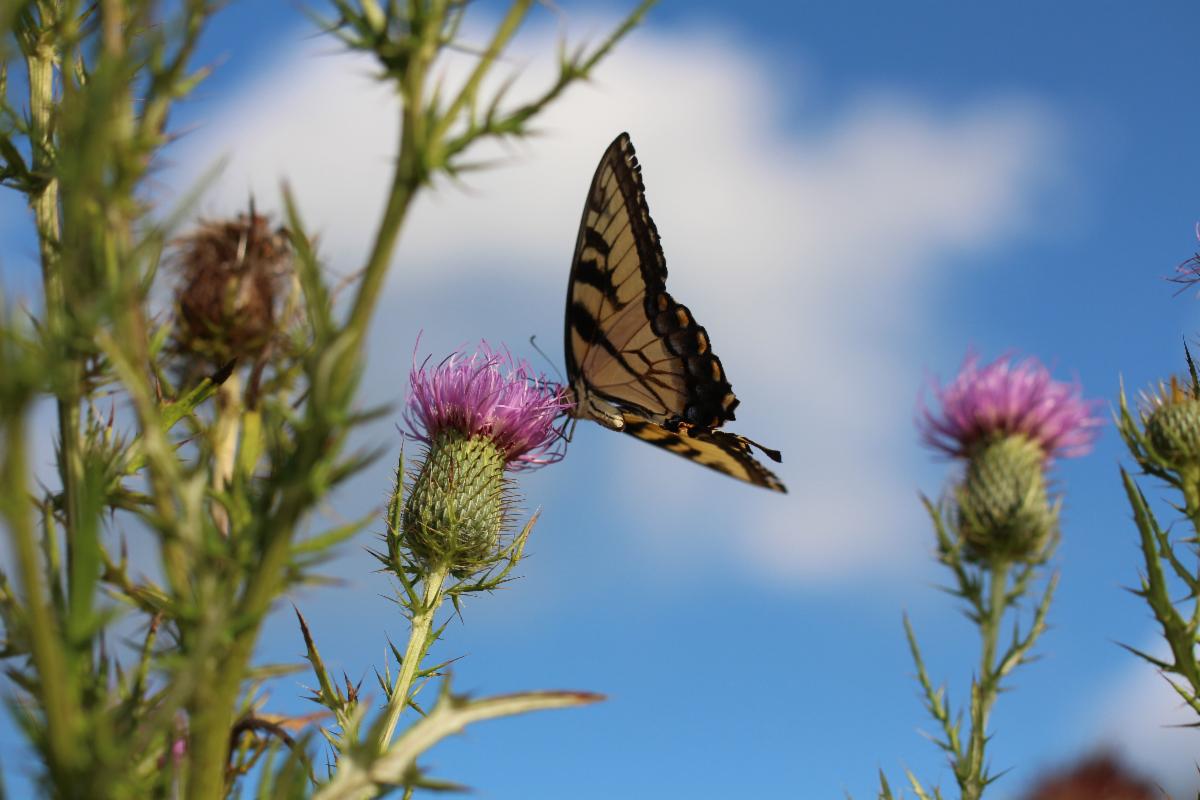
Some species of butterfly, like Tiger Swallowtails (Papilio glaucus) here nectaring on Pasture Thistle (Cirsium discolor), actually use deciduous trees like Tulip Poplar (Liriodendron tulipifera), Basswood (Tilia americana), and Wild Black Cherry (Prunus serotina) as caterpillar hosts
Which is what makes it all the more exciting when you start seeing a new kind of butterfly around! This year at Toadshade we were surprised and pleased to discover that a pretty significant breeding population of Sleepy Orange butterflies (Eurema nicippe) had discovered our Wild Senna (Senna hebacarpa). As you might have guessed, Wild Senna is one of the host plants for this species of butterfly; in our part of the country, they also feed on Maryland Senna (Senna marylandica) and Partidge Pea (Chamaecrista fasciulata). Although we've been growing Wild Senna for years, this year is the first time we've seen Sleepy Oranges. These butterflies are as cute as the name suggests, and are normally a non-resident in New Jersey; in fact, the only known established population of Sleepy Oranges near us is across the river and a bit south of us, at Bowman's Hill Wildflower Preserve in Bucks County, PA (about 15 miles away). It certainly isn't a coincidence that they only show up where native wildflowers are growing, but you don't have to have a whole preserve to support these butterflies and species like them in your garden and yard--you just need host plants and habitat!
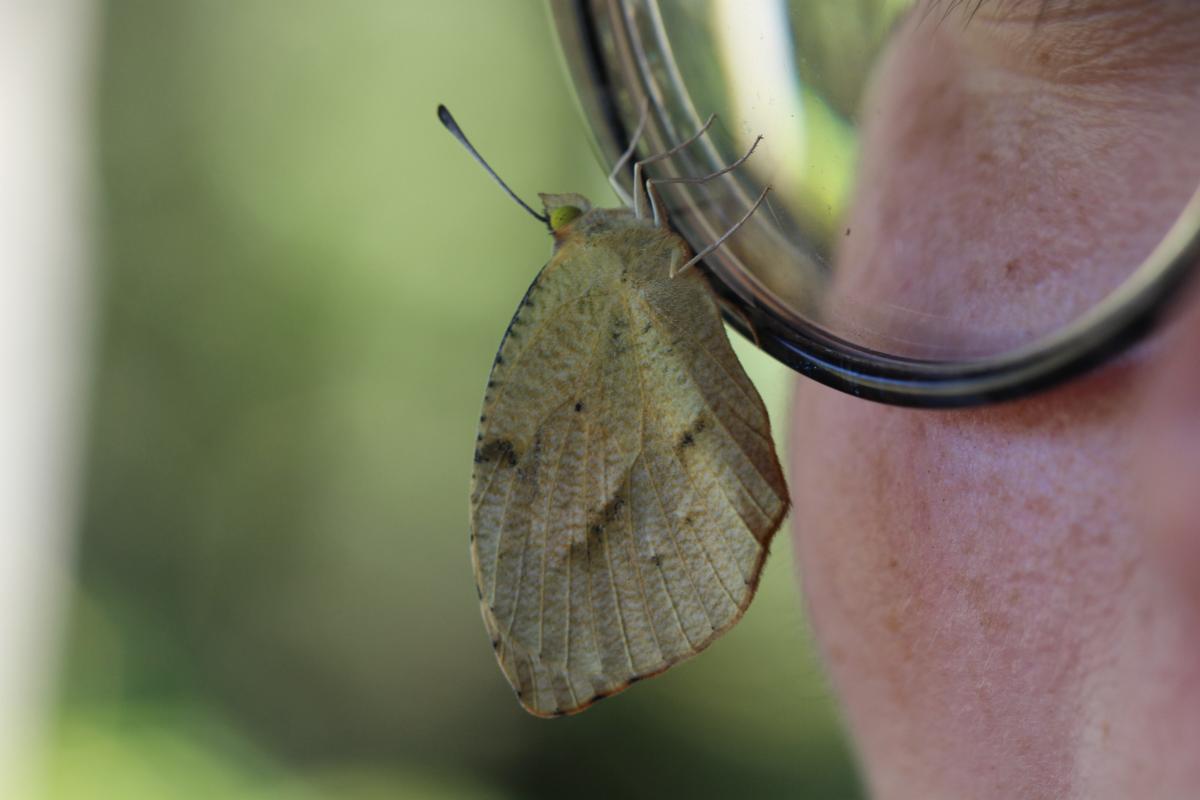
As it turns out, Sleepy Oranges are quite friendly! When they fly, they show off bright orange coloration on their wings which is hidden when they sit with wings folded.
So what are some wonderful wildlife host plants I can grow?
The list, as it often is for such things, is nearly endless. Sennas are (obviously) an excellent host plant, and can support a variety of species, but many very showy species of moth and butterfly in fact raise their young on trees. Eastern Tiger Swallowtails (Papilio glaucus) and Red Spotted Purples (Limenitis arthemis astyanax) may start out as caterpillars on Black Cherries, while their cousins Giant Swallowtails can be found on Common Hoptrees (Ptelea trifoliata). Hackberries (Celtis occidentalis) are a host tree for a wide variety of butterflies including Hackberry Emperors (Asterocampa celtis), who have the charming habit of alighting on people and simply going for a ride. Box Elder Trees (Acer negundo) and other Maples are critical hosts plant for beautiful Cecropia Silk Moth (Hyalophora cecropia), Rosy Maple Moths (Dryocampa rubicunda), and others. The list goes on and on! There are plenty of herbaceous plants butterflies need as well, like Violets, which (as we've written about before) are host plants for Fritillary butterflies. But planting host plants isn't the only thing you can do to make your garden more inviting to butterflies, birds, and wildlife...
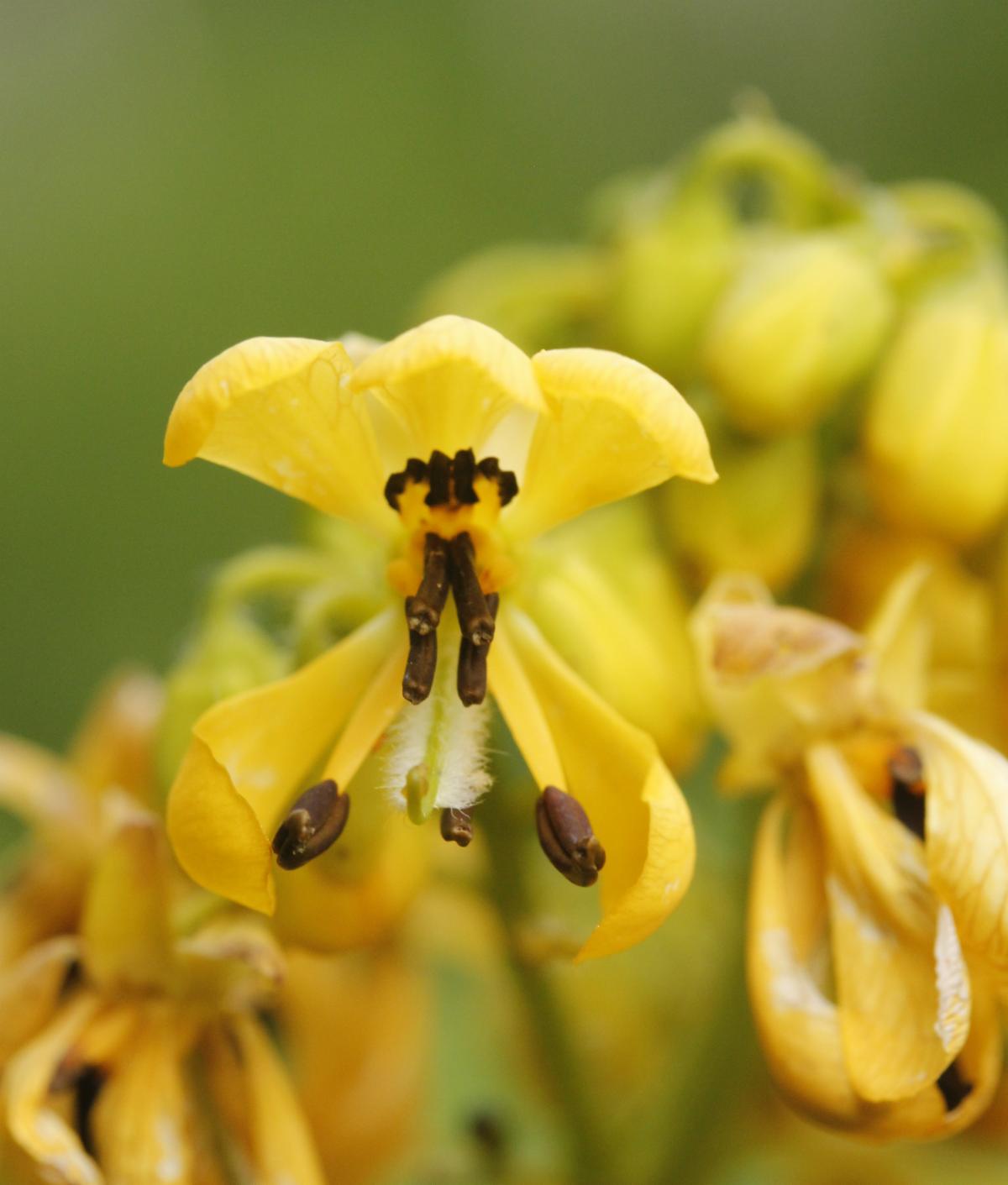
Sennas are beautiful plants, which bloom in mid summer!
What else can I do?
Food, of course, is important (as per our discussion of host plants) but there's plenty more you can do. Ever wonder where butterflies go at night, or in the rain? The answer is that, much like birds, they take shelter among foliage. So windbreaks and undergrowth help butterflies just as much as they do songbirds. You can plant mid-height shrubs like American Strawberry Bush (Euonymus americanus) and Winterberry (Ilex verticillata) or even vines like Roundleaf Greenbriar (Smilax rotundifolia) to create shelter. Wildlife also needs water; birdbaths and mud puddles are terrific, but you can also plant species like Cup Plant (Silphium perfoliatum) which has almost bromeliad-style cups along the stem that can be quite useful to birds, insects, and even frogs in need of water! The possibilities for supporting wildlife are (much like lists of host plants) endless, but it doesn't have to be overwhelming, and every individual improvement helps your local wildlife. The National Wildlife Federation has an easy guide to creating a wildlife haven in your garden or yard; all it takes is fulfilling the requirements of food, water, cover, places to raise young, and sustainable practices. You can even have your garden certified as a wildlife habitat!
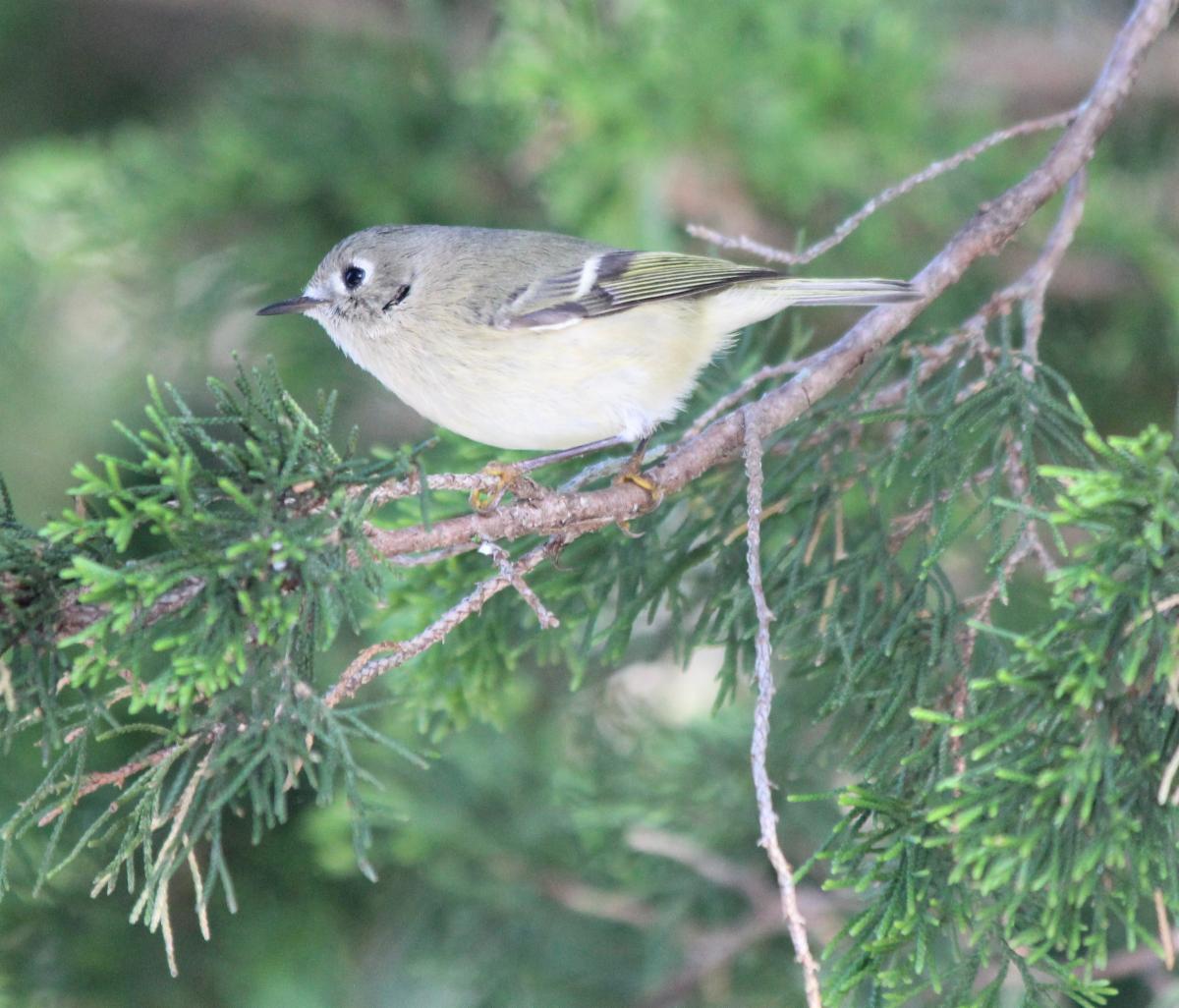
Just like butterflies, songbirds like this Ruby-Crowned Kinglet (Regulus calendula) will take shelter from the weather in dense trees and undergrowth.
Isn't October a bit late for gardening?
Easy answer: nope! When dealing with perennial plants and woody species, October is a perfectly good time to get them in the ground. The plants are planning on coming up next spring regardless of whether they're in the ground or in a pot, so why not do them a favor and get them settled in place while they wait out the cold for next spring? With their roots in the ground all winter they'll be well insulated, and have better access to consistent moisture. Plus, you'll have a head-start on your garden next spring: no need to wait for new plants to get their roots established in place in the spring, they've already been getting settled all winter! You can just let them come up at their convenience at the end of winter, with more vigor than they would if they were dealing with spring transplant shock. Just make sure you dig a hole twice as big as you need, and maybe toss a little mulch on top for extra insulation, and you're good to go (for a step-by-step on fall planting, see our "Successful Fall Planting 101" guide at the end of last October's blog)! One common mistake we hear with fall gardening is leaving plants unnecessarily in pots overwinter; trust us, they'll be happier in the ground! So go ahead and start thinking about and planning for all the wonderful wildlife that you'll enjoy in your garden, fields, and forests in the year(s) to come....
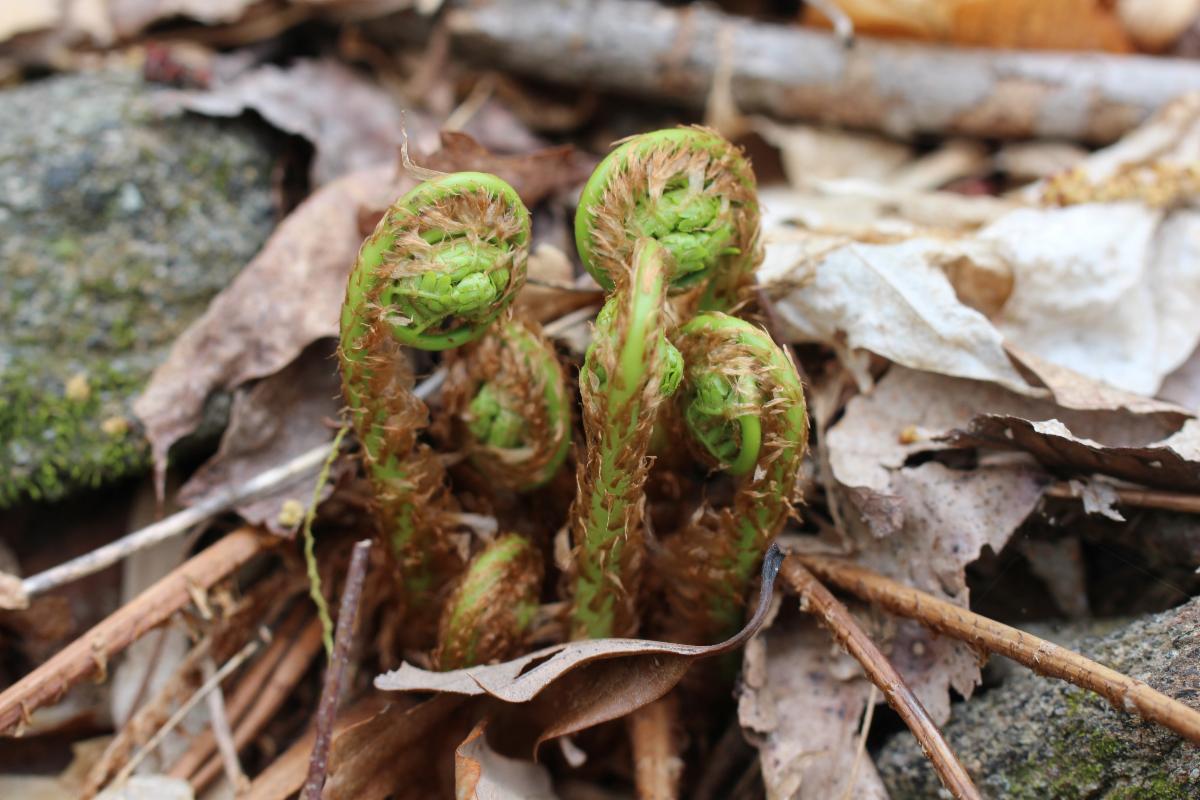
Planting in fall gives you a head start on spring!
Happy Gardening, and Enjoy Fall!
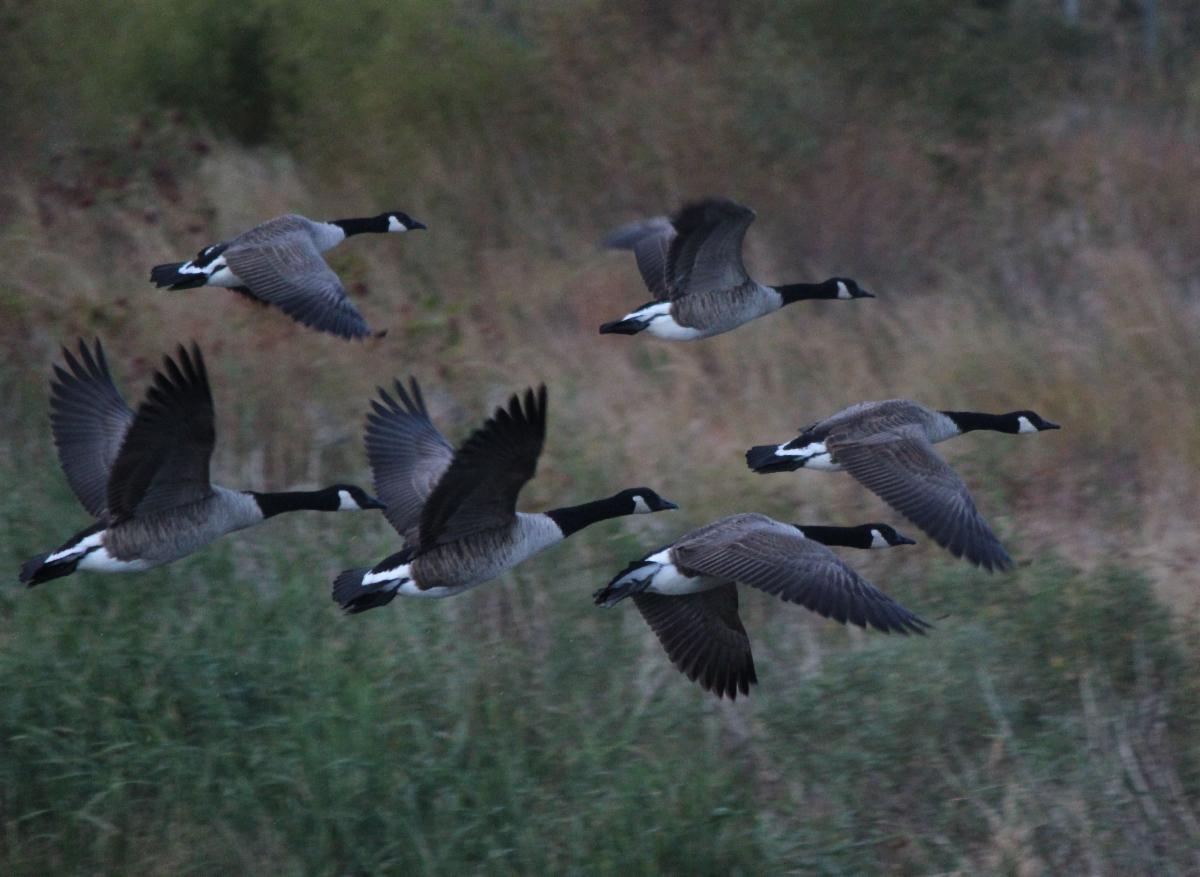

Randi V.W. Eckel, PhD
